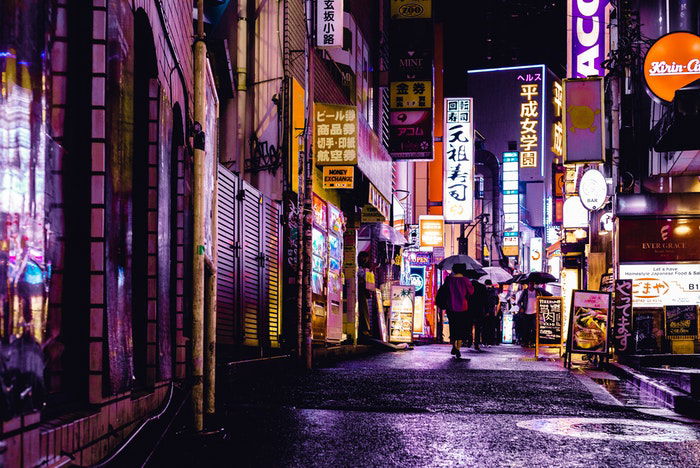Some Known Details About Street Photographers
Street Photographers Can Be Fun For Anyone
Table of ContentsThe Basic Principles Of Street Photographers See This Report on Street PhotographersFacts About Street Photographers RevealedThe smart Trick of Street Photographers That Nobody is Talking AboutStreet Photographers - Truths
A genre of digital photography that records everyday life in a public area. The very publicness of the setup enables the digital photographer to take honest images of unfamiliar people, frequently without their knowledge. Road digital photographers do not necessarily have a social purpose in mind, yet they prefer to separate and record minutes which may otherwise go undetected (Street Photographers).He was affected by several of those that affected the street professional photographers of the 1950s and '60s, he was not mainly interested in capturing the spirit of the street. The impulse to visually document individuals in public began with 19th-century painters such as Edgar Degas, douard Manet, and Henri de Toulouse-Lautrec, who worked side by side with photographers trying to record the significance of city life.
In contrast to Atget, professional photographer Charles Marville was employed by the city of Paris to produce an encyclopaedic document of Haussmann's urban planning job as it unfolded, hence old and brand-new Paris. While the photographers' subject was basically the very same, the results were significantly different, demonstrating the effect of the digital photographer's bent on the personality of the photos he generated.
Given the fine quality of his photographs and the breadth of material, designers and musicians commonly acquired Atget's prints to use as reference for their own work, though business interests were hardly his primary inspiration. Rather, he was driven to picture every last residue of the Paris he liked.
Some Known Factual Statements About Street Photographers
They reveal the city via his eyes. His job and essential understanding of photography as an art kind worked as inspiration to generations of photographers that adhered to. The next generation of street professional photographers, though they likely did not refer to themselves therefore, was ushered in by the photojournalism of Hungarian-born professional photographer Andr Kertsz.
Unlike his peers, Brassa utilized a larger-format Voigtlnder video camera with a much longer exposure time, compeling him to be a lot more calculated and thoughtful in his technique than he may have been if making use of a Leica. (It is believed that he might not have had the ability to afford a next Leica at that time, yet he did, nevertheless, make use of one in the late 1950s to take colour photographs.) Brassa's photographs of the Paris abyss lit up by fabricated light were a revelation, and the collection of the series that he published, (1933 ), was a major success.
Cartier-Bresson was a champ of the Leica camera and one of the very first professional photographers to maximize its abilities. The Leica permitted the photographer to communicate with the surroundings and to article record moments as they happened. Its fairly little dimension also helped the professional photographer fade into the history, which was Cartier-Bresson's recommended approach.
Unknown Facts About Street Photographers
It is as a result of this essential understanding of the art of photo taking that he is typically credited with finding the tool around once again roughly a century given that its innovation. He took pictures for even more than a half century and influenced generations of professional photographers to trust their eye and intuition in the moment.
These are the concerns I will attempt to answer: And after that I'll leave you with my own meaning of street photography. Yes, we do. Allow's begin with defining what a definition is: According to (Street Photographers) it is: "The act of defining, or of making navigate to these guys something precise, unique, or clear"
No, most definitely not. The term is both limiting and deceiving. Sounds like a road digital photography must be photos of a roads ideal?! And all road digital photographers, other than for a little number of absolute beginners, will fully value that a street is not the vital part to street digital photography, and really if it's a photo of a street with maybe a couple of dull individuals not doing anything of passion, that's not road digital photography that's a photo of a road.
The Best Guide To Street Photographers
He makes a legitimate factor do not you assume? Nonetheless, while I agree with him I'm unsure "honest public digital photography" will capture on (although I do sort of like the term "candid photography") due to the fact that "road photography" has been around for a very long time, with numerous masters' names affixed to it, so I think the term is here to stay.
You can shoot at the beach, at an event, in an alley, in a park, in a piazza, in a cafe, at a museum or art gallery, in a city station, at an event, on a bridge, under a bridge ...
Yes, I'm afraid we have no choice! Without rules we can not have a meaning, and without an interpretation we don't have a category, and without a style we do not have anything to define what we do, and so we are stuck in a "guidelines interpretation genre" loop!
All about Street Photographers
